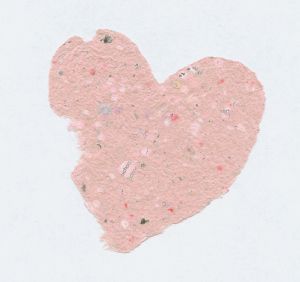Heart and Soul (Knopf, 2009) is not one of Irish novelist Maeve Binchy’s best books. However, it is still better than about half of the fiction books published today. The characters are complex, the subplots change around enough to keep the reader’s interest engaged and the pages fly by.
If you are not familiar with Binchy’s works, “Heart and Soul” isn’t a bad introduction. But if you are familiar with novels such as “Circle of Friends” (1990), “The Glass Lake” (1994) or “Tara Road” (2000) then “Heart and Soul” will suffer in comparison. Many issues, themes and conclusions in “Heart and Soul” were already explored in those novels.
The Usual Characters
After reading a couple of Binchy books, the reader comes to expect a few types of characters to always appear. The first is a misunderstood but thoroughly likeable female protagonist that has somehow lost out in the romance department. In this case, the main female protagonist is Dr. Clara Casey, who has just been hired to run the abysmal cardiac department in an old Irish hospital, St. Brigid’s.
The next familiar character is very attractive and charming men who are completely faithless and usually broke. There are a couple of these types in “Heart and Soul”. There’s also a completely misunderstood elderly person. There are several of those in “Heart and Soul” instead of just one or two.
And then there is a character that is borderline insane but still capable of holding down a job and annoying the bejeezus out of all of the other characters. In this case, the character is one of the hospital financial administrators, Frank Ennis. Although the book begins and sort-of ends by focusing on him, he doesn’t appear very much throughout the rest of the novel.
Let’s Get Quibbling
The book may have been more interesting if there was more of a focus on Frank Ennis instead of the usual breathless yet brilliant Irish women that populate the novel. Some of the sections dealing with Dr. Casey’s daughters were banal, although engagingly written, they didn’t really add much of anything to the novel.
One stand-out character that helped drive the story along was a priest named Declan. In many other Binchy novels, the staunch Catholic is usually a nun. But this time, it’s a priest and his point of view is quite charming, especially in contrast with the teenage girls or with Frank Ennis. Declan helped to bring the other characters into focus better for the reader for adding that bit of contrast.
In the end, the characters seem just as confused by life’s turn of events at the beginning. But it is an interesting ride leaving you disappointed when it is over.






